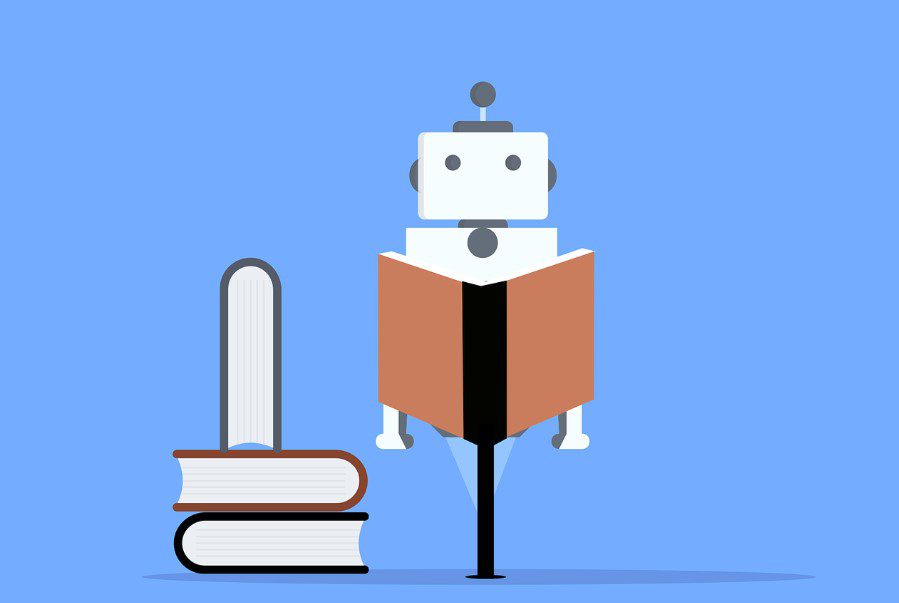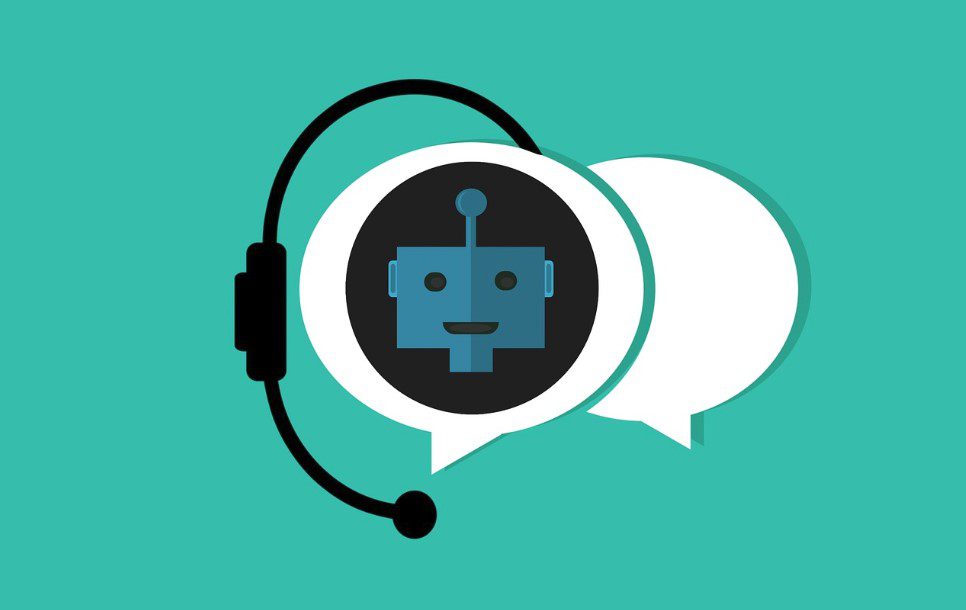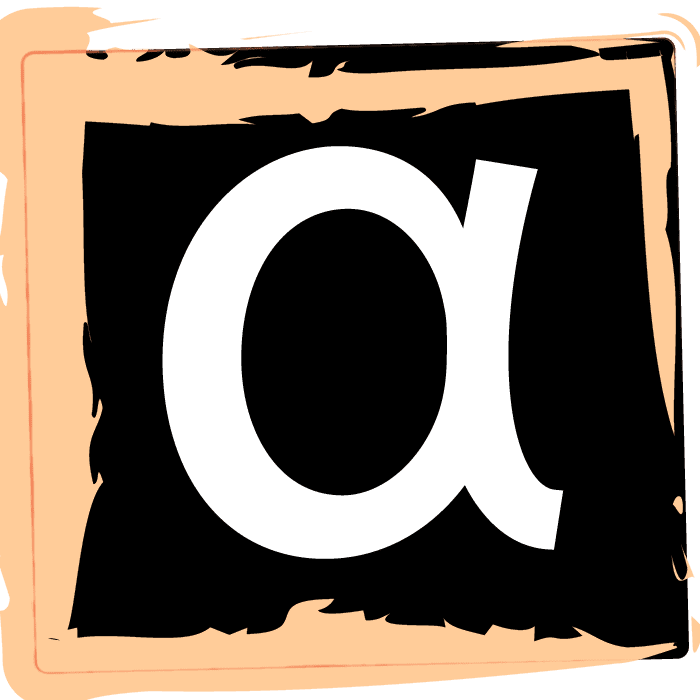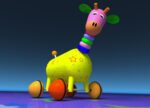Artificial Intelligence (AI) has been around for many decades, but it wasn’t until recently that we’ve witnessed its rapid progress, discoveries, and unprecedented growth.
With advancements in machine learning algorithms, natural language processing techniques, and robotics, AI has become a ubiquitous technology that’s transforming every aspect of our lives.
From healthcare and finance to manufacturing and transportation, AI has the potential to change the way we live, work, and interact with each other.
In this article, we’ll explore the most innovative AI discoveries to date, and their impact on our society.
What is artificial intelligence anyway?
Artificial intelligence (AI) refers to the development of computer systems that can perform tasks that typically require human intelligence. They include, visual perception, speech recognition, decision-making, and language translation.
AI involves the use of algorithms, statistical models, and machine learning techniques to enable computers to learn from data, recognize patterns, and make decisions based on the analysis of large and complex datasets.
It includes several sub-disciplines such as natural language processing, computer vision, robotics, and cognitive computing. AI applications can be found in various domains, such as healthcare, finance, transportation, and entertainment.
AI and related discoveries have the potential to transform many aspects of our lives. It includes the improvement of healthcare outcomes to enhance the efficiency of transportation systems.
However, there are also concerns about the impact of AI on jobs and the potential for AI to be used for harmful purposes.
Here are the Popular AI Discoveries
Some of the commonly used AI technologies include machine learning, neural networks, natural language processing etc.

1. Machine Learning:
Machine learning (ML) is a subset of AI that enables machines to learn from data, and improve their performance, in order to make predictions or decisions without explicit instructions.
ML algorithms have been around for several decades, but recent breakthroughs have enabled us to process vast amounts of data and train models that outperform humans in certain tasks.
Some of the most innovative ML discoveries to date include:
Deep Learning:
Deep learning is a type of ML that uses artificial neural networks to learn from data, recognize patterns, and make decisions. It has been instrumental in the development of autonomous vehicles, image and speech recognition systems, and natural language processing applications.
One controversial subset of deep learning is called Deepfake. Deepfake involves training neural networks with multiple layers to learn from data and make predictions or decisions. Deepfake technology uses deep learning algorithms to create manipulated videos or images that appear to be real but are actually synthetic.
However, deepfake technology has raised concerns about its potential misuse and ethical implications, and it is important to use AI technologies such as deepfake responsibly and ethically.
Generative Adversarial Networks (GANs):
GANs are a type of deep learning model that can generate new data that is similar to the input data. GANs have been used to generate realistic images, videos, and audio, and have the potential to revolutionize creative industries such as art and design.
Transfer Learning:
Transfer learning is a technique that allows us to reuse pre-trained models for new tasks, without the need for extensive training data. It has been used to develop AI models for various applications, such as medical image analysis, speech recognition, and natural language processing.
2. Natural Language Processing (NLP):
NLP is a field of AI that focuses on the interaction between humans and machines using natural language. NLP enables machines to understand and interpret human language, and respond in a meaningful way.
Some of the most innovative NLP discoveries to date include:

BERT:
Bidirectional Encoder Representations from Transformers (BERT ) is a deep learning model that has achieved state-of-the-art results in various NLP tasks, such as question-answering and language translation. BERT has been used by major tech companies such as Google, Microsoft, and Amazon to improve their NLP applications.
GPT-3:
Generative Pre-trained Transformer 3 (GPT-3) is a language model that can generate human-like text, answer questions, and perform various language tasks. GPT-3 has the potential to revolutionize content creation, customer service, and education.
Sentiment Analysis:
Sentiment analysis is a technique that allows us to analyze the emotions and opinions expressed in text. It has been used in various applications, such as social media monitoring, market research, and customer feedback analysis.
3. Robotics:
Robotics is a field of AI that focuses on the design, construction, and operation of robots. Robots can be programmed to perform various tasks, from manufacturing and assembly to healthcare and transportation.
Some of the most innovative robotics discoveries to date include:

Autonomous Vehicles:
Autonomous vehicles are self-driving cars that use sensors, cameras, and AI algorithms to navigate roads and make decisions. These vehicles have the potential to reduce accidents, improve traffic flow, and enhance mobility for individuals who are unable to drive.
Humanoid Robots:
Humanoid robots are robots that resemble humans in appearance and behavior. These robots have the potential to assist in various tasks, such as healthcare, education, and entertainment. Humanoid robots can also be used in hazardous environments, such as disaster zones and space exploration.
Swarm Robotics:
Swarm robotics is a field of robotics that studies the behavior of large groups of robots that work together to accomplish tasks. Thes robots has the potential to revolutionize various industries, such as agriculture, manufacturing, and transportation.
4. Computer Vision:
Computer vision is a field of AI that focuses on enabling machines to interpret and understand visual data from the world around them. It has the potential to improve various applications, such as autonomous vehicles, healthcare, and surveillance.
Some of the most innovative computer vision discoveries to date include:
Object Detection:
Object detection is a technique that allows machines to identify and locate objects within an image or video. It has been used in various applications, such as security systems, self-driving cars, and augmented reality.
Facial Recognition:
Facial recognition is a technique that allows machines to recognize and identify individuals based on their facial features. It has been used in various applications, such as law enforcement, security systems, and digital identity verification.
Image Segmentation:
Image segmentation is a technique that allows machines to divide an image into multiple segments, each representing a different object or region. It has been used in various applications, such as medical image analysis, robotics, and computer graphics.
FAQs:
Q: What are the ethical concerns surrounding AI and related discoveries?
A: As AI becomes more ubiquitous, there are increasing concerns about its impact on society. Some of the ethical concerns surrounding AI include job displacement, bias and discrimination, privacy and security, and accountability and transparency.
Q: What industries will be most impacted by AI?
A: AI has the potential to impact virtually every industry, but some of the industries that are likely to be most impacted include healthcare, finance, manufacturing, transportation, and retail.
Q: What is the future of AI?
A: The future of AI is bright, with the potential to revolutionize the way we live, work, and interact with each other. AI will continue to advance and improve, with new breakthroughs in machine learning, natural language processing, robotics, and computer vision.
Conclusion:
In conclusion, the most innovative AI discoveries to date have paved the way for a future filled with endless possibilities.
we continue to develop and improve AI, it’s essential to consider its impact on society and address the ethical concerns surrounding its use.
With the right approach, AI can become a powerful tool that enhances productivity and our quality of life.





Leave a Reply